BALTIMORE
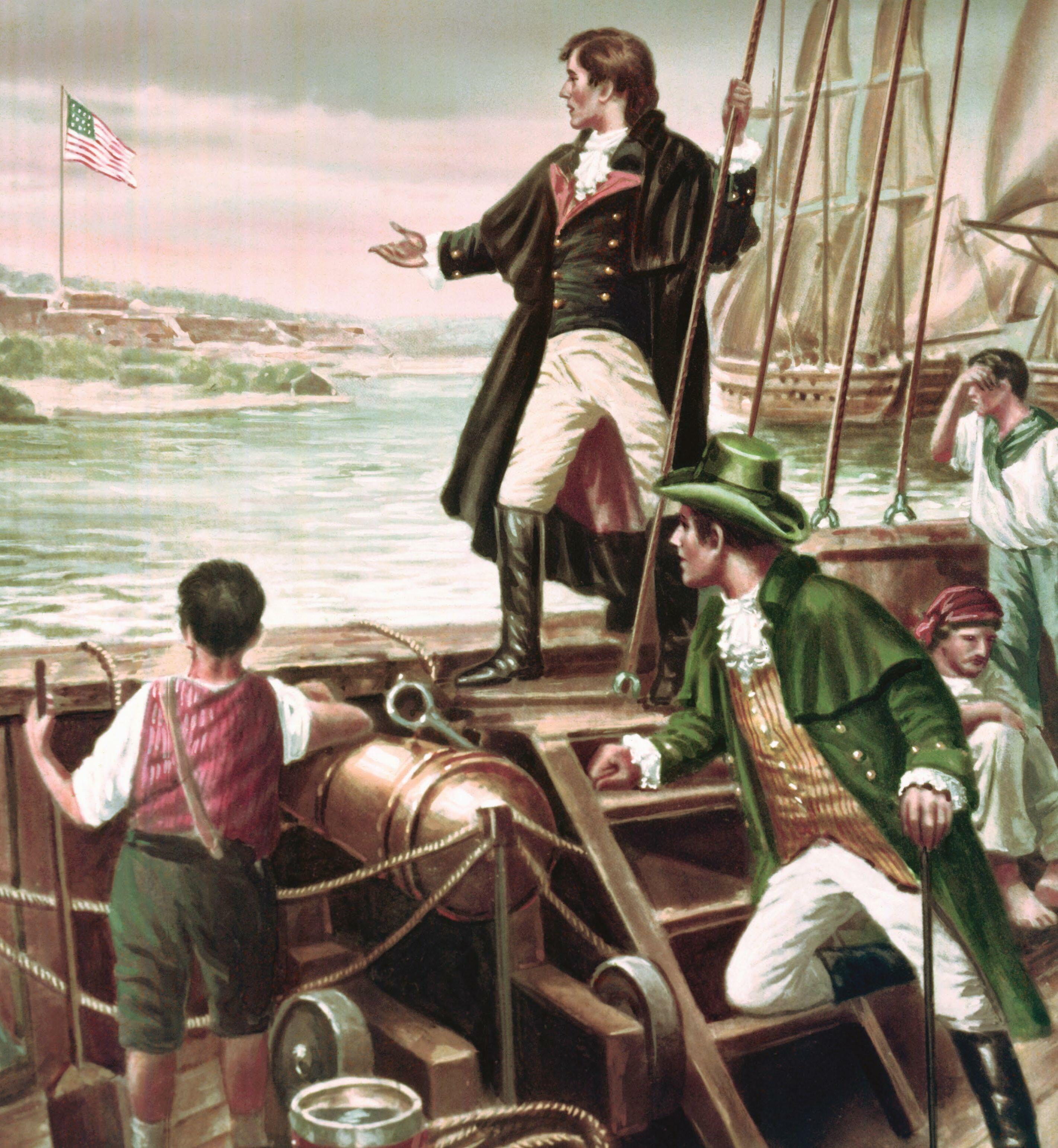
Relations between Britain and its former colonies had been prickly ever since the United States won its independence, and there were many friction points between the two nations. Even so, a declaration of war in 1812 (the first time the USA had declared war on a foreign power) still seemed to catch both parties by surprise.
There was little appetite for war and neither side was in much of a position to fight one. Great Britain had all it could handle with the Napoleonic Wars, while the American armed forces were weak. The declaration itself appears to have been unexpected – President James Madison brought a list of grievances before Congress in June 1812 and they narrowly voted for war.
With neither side fully engaged, the conflict meandered on for more than two years, with much of the fighting focussed around the Canadian border. Things changed in 1814, with the defeat of Napoleon. Britain now had troops available for more serious operations, and the Chesapeake Bay was chosen as the best area to attack.
Operations in the bay were primarily intended to be a diversion to relieve pressure on British forces defending Canada. Risks were to be kept to a minimum because there was a major offensive planned in the Gulf of Mexico later in the year. A successful raid on Washington famously ended with the burning of the White House on 24 August 1814, and for a while it appeared as though operations in the Chesapeake were at an end.
Admiral Alexander Cochrane was wary of continuing operations in the region because the malarial season was about to begin, and he favoured keeping British troops healthy for the planned shift of focus to the Gulf. Other British officers felt that they had established momentum in the Chesapeake and should return there. Cochrane and Major General Robert Ross were eventually persuaded to mount another raid, and Baltimore was the chosen target.
この記事は History of War の Issue 142 版に掲載されています。
7 日間の Magzter GOLD 無料トライアルを開始して、何千もの厳選されたプレミアム ストーリー、9,000 以上の雑誌や新聞にアクセスしてください。
すでに購読者です ? サインイン
この記事は History of War の Issue 142 版に掲載されています。
7 日間の Magzter GOLD 無料トライアルを開始して、何千もの厳選されたプレミアム ストーリー、9,000 以上の雑誌や新聞にアクセスしてください。
すでに購読者です? サインイン
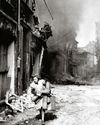
THE RUHR POCKET
The world's largest industrial complex, the Ruhr was where Nazi Germany's war machine was forged. If the Allies could capture it the conflict in Europe would effectively be over
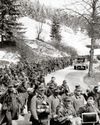
HITLER'S 'ALPINE FORTRESS
With the Rhine crossed and the Ruhr taken, Allied Supreme Commander Dwight D Eisenhower had to decide what came next. His orders would help shape the fate of Europe for decades to come

BLUNTING THE SULTAN'S SPEAR
During his 1532 invasion, Suleiman the Magnificent faced a seemingly simple obstacle in the small fortress of Koszeg, Hungary. What ensued was a bloody struggle between Ottoman firepower and imperial grit

BATTLE OF THE NILE NELSON vs NAPOLEON
In 1798, Britain's most celebrated admiral pursued the French across the Mediterranean, attempting to thwart General Bonaparte's mission to Egypt. The pursuit culminated in what was arguably the most strategically important naval battle of the Napoleonic Wars
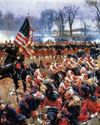
FREDERICKSBURG
The Confederate invasion of the north had been repulsed in Maryland by the Army of the Potomac. President Abraham Lincoln now urged his military to seize the initiative and crush the Confederates in the east and capture their capital Richmond. It would culminate in another catastrophic defeat
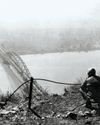
REMAGEN GATEWAY TO THE REICH
On 7 March 1945 the Ludendorff Bridge over the Rhine at Remagen was still standing - capturing it intact was vital to the Allied advance into Nazi Germany
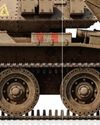
A13 MK III CRUISER COVENANTER TANK
Plagued with mechanical issues, the Covenanter was envisioned as an improved cruiser design but never deployed for overseas service

INSIDE PICKETT'S CHARGE
On 3 July 1863 a Confederate regiment – the 19th Virginia Infantry – marched into the jaws of Hell in one of the most infamous events in American military history
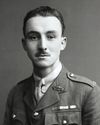
Heroes of the Victoria Cross: MILTON FOWLER GREGG
On 28 September, 1918, this Royal Canadian Regiment officer led his men through uncut barbed wire into enemy trenches
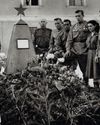
MARCH 1945
To commemorate 80 years since the Second World War, History of War will be taking a look at some of the key events taking place during each month of the conflict
